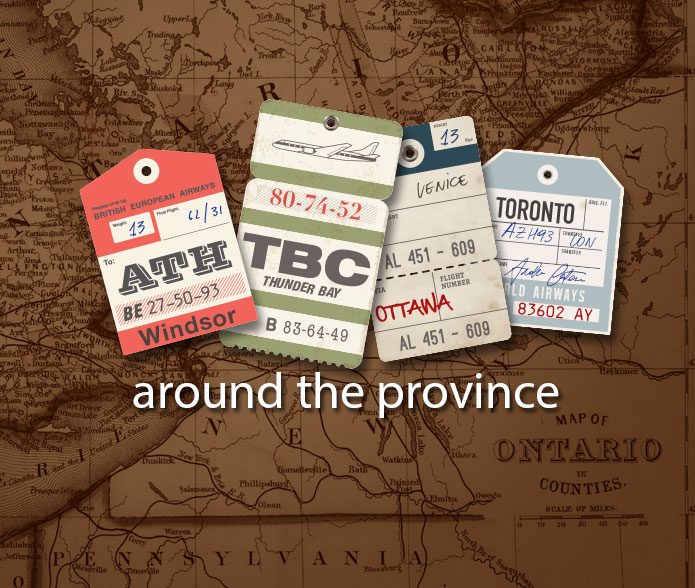Learn about the benefits of constructing a multi-year internship from a MLIS student's perspective.
Writer-in-residence: Current accommodation practices for accessible texts across OCUL
When I started working with the Accessible Content E-Portal (ACE) project in 2012, my first priority was to understand how OCUL schools were similar and how they differed with respect to how student requests for accessible texts were accommodated. Many virtual as well as in-person conversations later, I was amazed to see that while the basic requirement of self-identification and medical paperwork might be identical across OCUL schools, the process pertaining to the whos, whats, wheres and hows of accessible formats differed from one institution to the next. The following aims to share some of these findings with our readers with the hope of promoting higher levels of awareness and understanding for service providers across Ontario universities.
How students with disabilities are accommodated across OCUL institutions
Currently, accommodation for students with disabilities is solely driven by self-identification. The student must be aware that they are experiencing one (or several) learning barriers and are aware of the cause(s) or have been diagnosed in the past. If this is the case, the student can make an appointment with a disability counselor at their home institution to talk about their medical history and to provide the required supporting documentation.
Once the student satisfies these requirements and discusses what accommodation can be arranged, they can then take advantage of services available to them at each institution. These services range from note taking, quiet study or exam areas, assistance with bursary applications to purchase assistive technologies, or making accessible course reading material.
What constitutes an accessible format?
Accessible format requests might vary from Word to PDF documents or even an audio file, depending on the user, their study preferences, and the assistive technologies they use.
Running a PDF through Optical Character Recognition means that the text is “selectable” and a user with a screen reader, for instance, can access it. There are varying levels of accessibility even for optimized PDFs. Those that contain images, graphs, tables, or other visual information need to be tagged, that is, described in words so that a screen reader can read or “see” it.
For additional information about accessible PDFs, please refer to WCAG guidelines.
How are accessible formats produced across OCUL institutions?
I have identified three models of accessible text production across OCUL institutions. Depending on the resources available, one of these models will apply to your institution.
The Partnership Model demonstrates a close collaboration between library services and accessibility or equity offices on campus. In this instance, the library is responsible for sharing digitization responsibilities with the accessibility offices, oftentimes focusing on digitizing materials which were library holdings and not textbooks. Library accessibility services are present throughout the universities which fit this model, and a variety of accessible software and workstations are made available to students in the library. This model heavily relies on the presence of accessible resources at the library in order to support student needs for specialized software and scanning stations, as well as staff and facilities where digitization could take place. This model applies to a lot of mid-sized institutions.
In the Independent Model, libraries singlehandedly digitize all of the requested materials, including textbooks, as well as other required readings and research materials. Users with print-related disabilities are referred to the library from where they obtain all of the requested materials. This model applies to institutions of larger size.
The Absorbed Model is not consistent throughout our survey group. This is where the accessibility offices absorb the full responsibility for digitizing all materials requested by their registered users. This model is observed in instances where libraries do not have accessibility services/departments or the means to produce accessible formats; therefore, all digitization happens at the accessibility offices. This model is observed at smaller institutions.
Note: This contribution marks the end of Katya’s term as InsideOCULA’s inaugural writer-in-residence. We would like to thank Katya for generously donating her time and expertise. If you are interested in becoming an InsideOCULA writer-in-residence, read our current job posting.
Katya Pereyaslavska is the InsideOCULA spring/summer 2013 writer-in-residence. To find out more about what Katya is up to, you can follow her on Twitter @Socialbrarian or drop her a line via email katya [at] @scholarsportal.info.

